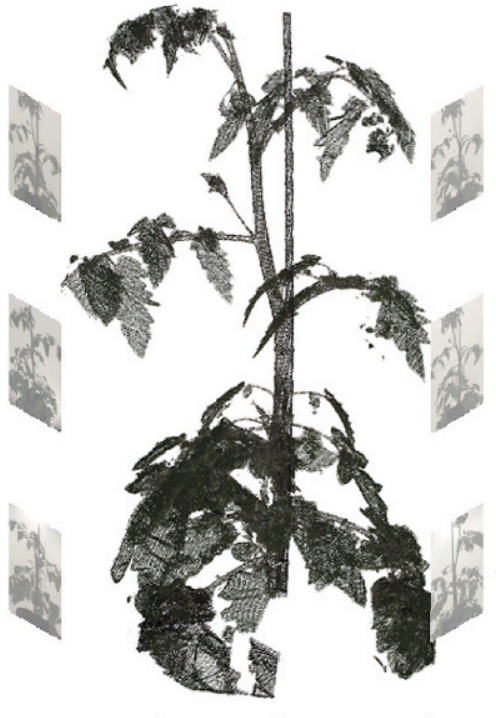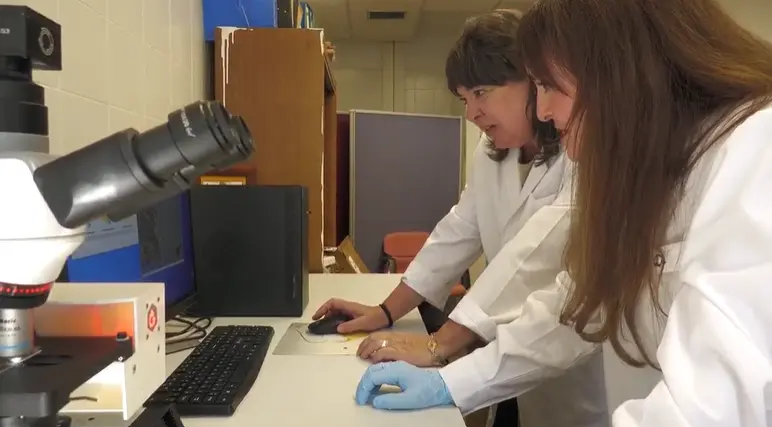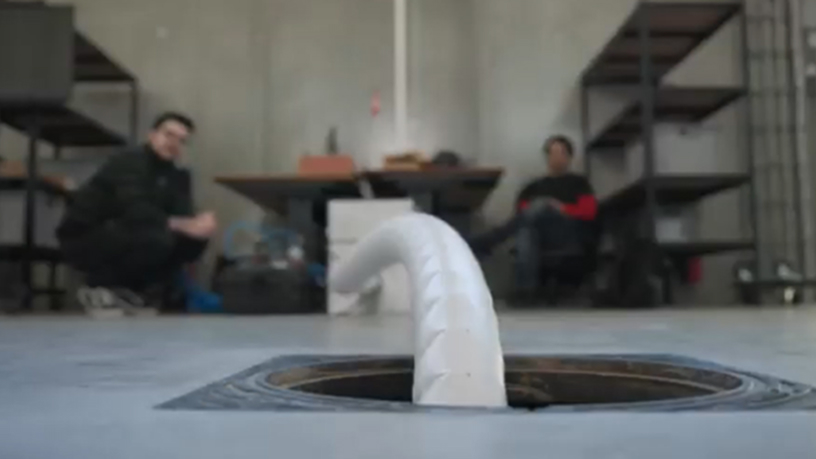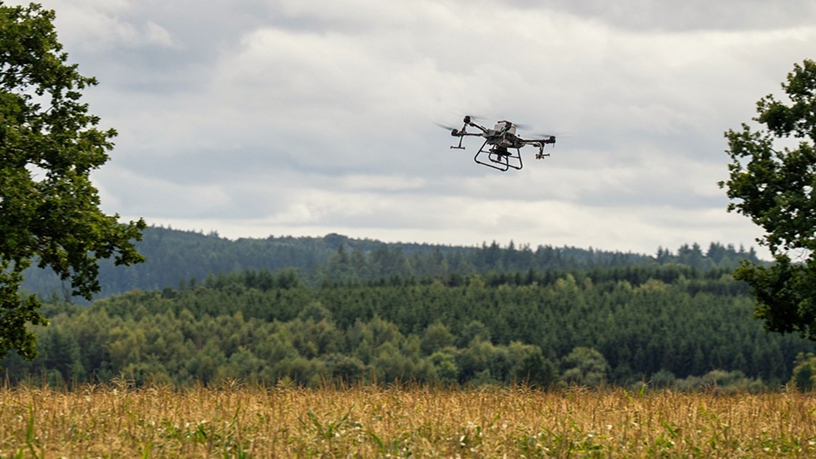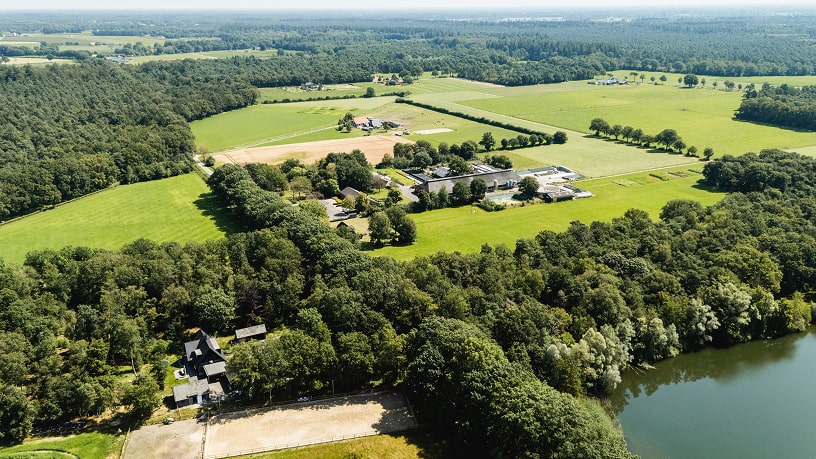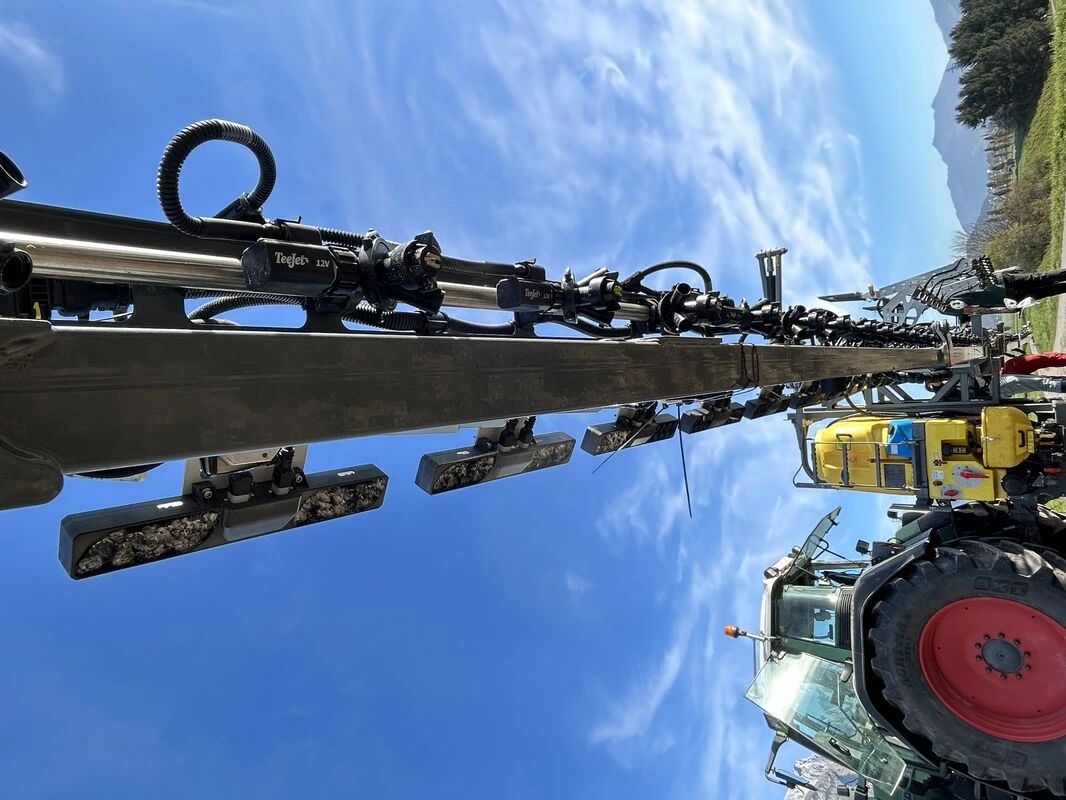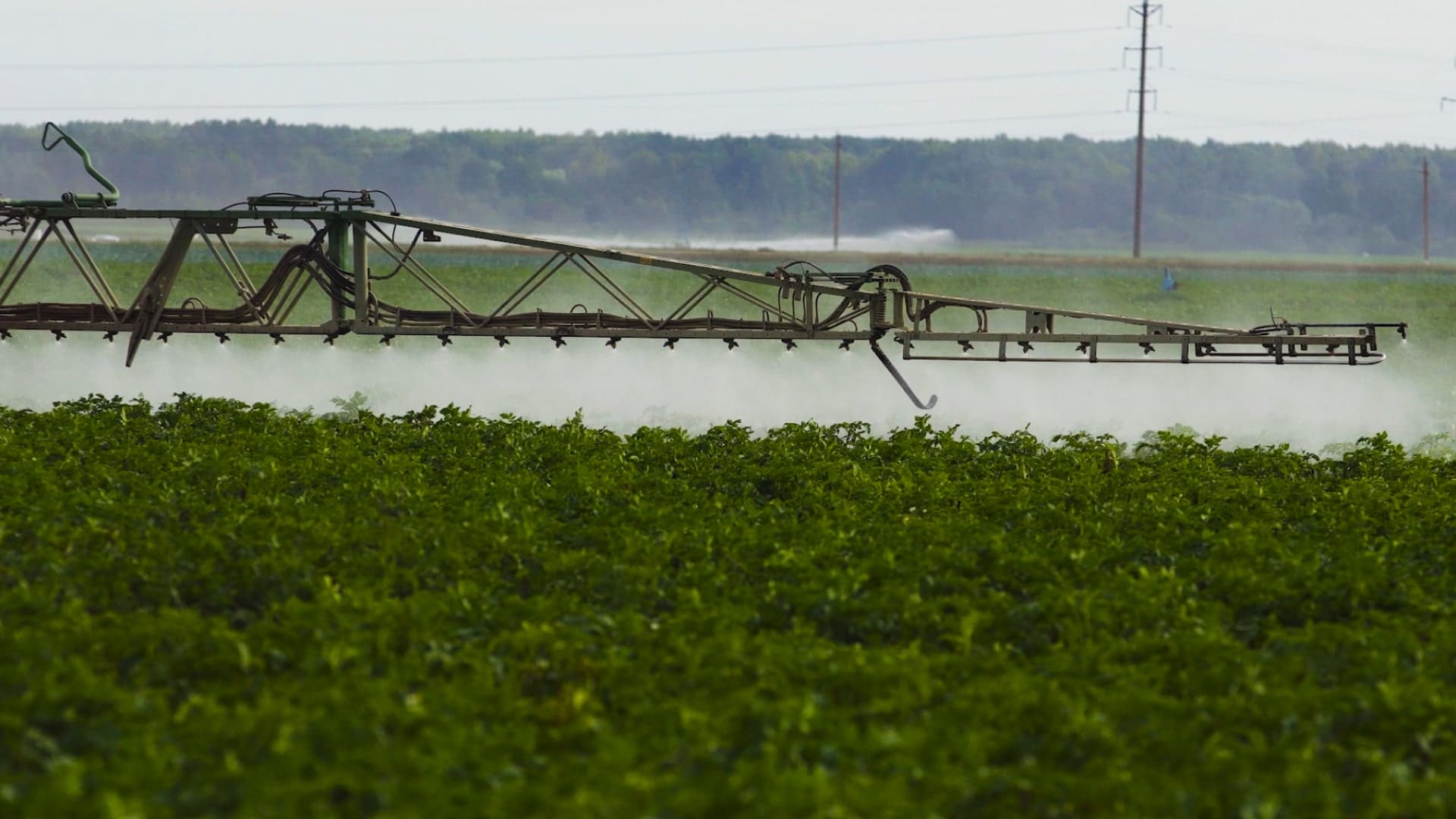Overview
We provide a next-generation 3D plant analysis service designed to accelerate testing by turning raw plant scans into reliable, quantitative insights. Instead of relying on slow and error-prone manual measurements, our system uses advanced algorithms to automatically extract precise plant traits—helping you compare genotypes faster and more consistently. These scans are very useful to test your AI in plant segmentation. From a single scan—whether collected with research platforms like NPEC’s MaxiMarvin (see service NPEC S00134) or newer approaches such as Gaussian splatting—we deliver a fully segmented 3D model that distinguishes each component: main stem, side branches, leaves, pot, or support pole. A detailed skeleton of the plant structure is then generated, allowing automatic calculation of key parameters such as internode length, branching angle, and phyllotactic angle. This provides a standardised dataset to test and further improve your detection and segmentation AI. Beyond trait measurement, our skeleton-based models can also be used for synthetic data generation—modifying features such as leaf positions or stem lengths to expand AI training datasets or simulate growth patterns across different varieties for virtual robot testing.
More about the service
How can the service help you?
How the service will be delivered
Service customisation
- Wageningen University WUR | Website
